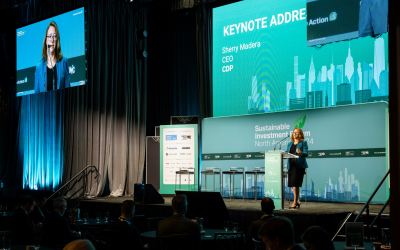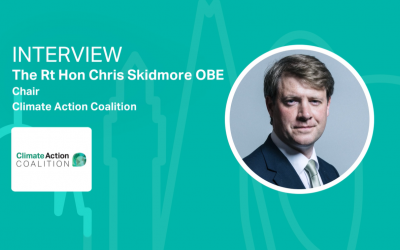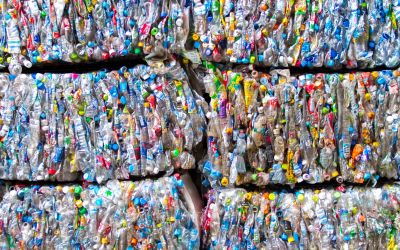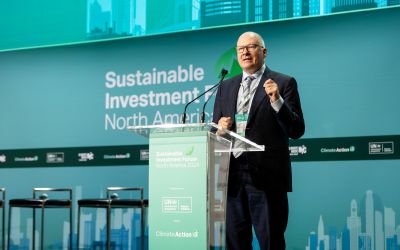SAP: Accelerating Our Commitment to Net-Zero
SAP has committed to achieve net-zero along our value chain in line with a 1.5°C future in 2030 – 20 years earlier than originally targeted.
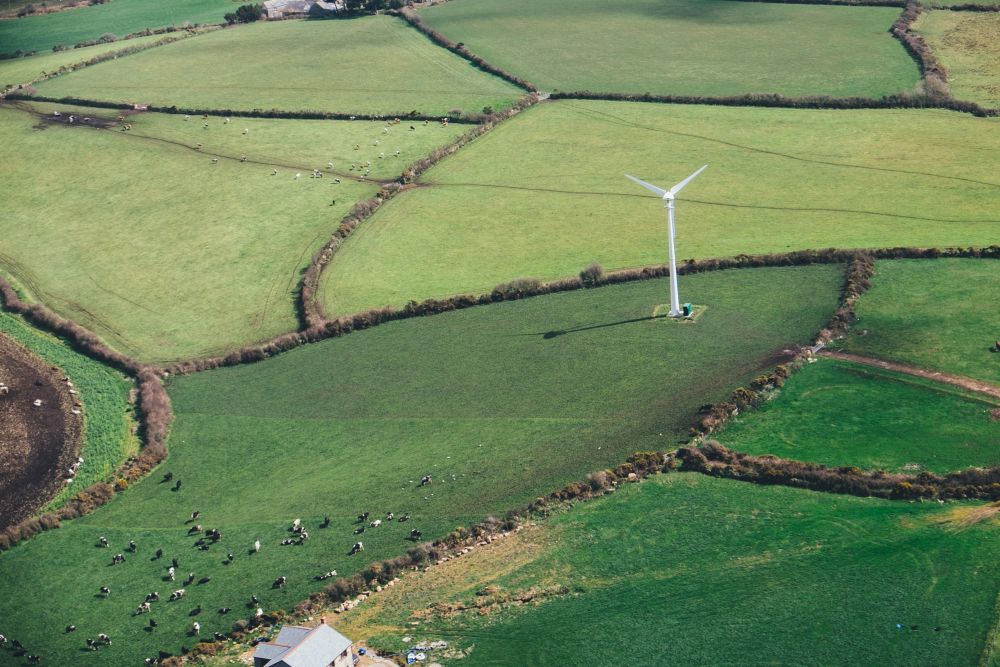
SAP has committed to achieve net-zero along our value chain in line with a 1.5°C future in 2030 – 20 years earlier than originally targeted.
Is this too bold? I don’t think so. The recent COP26 climate conference and the Glasgow Climate Pact gave a strong signal to countries and businesses to set more ambitious targets in order to prevent further irreversible damage from climate change. Given the climate and social crisis the world faces, we need to “go big” with our ambitions and have the courage to act, thereby living up to SAP’s purpose to help the world run better and improve people’s lives.
More than a decade ago, SAP set out on its sustainability journey with the objective to create positive economic, environmental, and social impact within planetary boundaries. Along the way, we have experienced the benefits as well as the challenges of integrating economic, social, and environmental performance into how we measure and steer our business success holistically. Setting and monitoring ambitious and measurable targets while leveraging digital solutions have proven crucial to decarbonization.
Raising our ambition to get to net-zero is therefore one of the key cornerstones on our path forward to implementing our holistic approach to sustainability, which looks across climate action, the circular economy, social responsibility, holistic steering and reporting, and the many areas of interconnection.
The 2021 Sixth Assessment from the Intergovernmental Panel on Climate Change (IPCC) as well as SAP’s intense engagement on the ground at COP26 have left us with a deepened understanding of the science, the role of business, and the impact of SAP. With an increased sense of urgency, we recognize the responsibility, as well as the opportunity, to step up and drive a faster transformation toward a sustainable future.
Leveraging SAP’s global reach, today we announced the release of SAP Cloud for Sustainable Enterprises to help companies quickly adopt holistic sustainability management capabilities. In addition, we commit to accelerate SAP’s timeline to net-zero from 2050 to 2030 and to reach our climate goals, in line with the Paris Agreement, 20 years earlier.
What Does Net-Zero Mean?
Net-zero is a state in which the greenhouse gases going into the atmosphere are balanced by removal out of the atmosphere. It has gained significant traction, with net-zero pledges covering 16% of the global economy in 2019 and recently growing to nearly 80% committed to net-zero by 2050. Because the various definitions of net-zero and how to get there have been growing too, so have criticism and skepticism.
Leading up to COP26, the Science Based Targets initiative (SBTi) launched its Net-Zero Standard to provide a credible and independent assessment of corporate net-zero target setting in line with climate science, which enables companies to align their near- and long-term climate action with limiting global warming to 1.5°C.
Building on its carbon reduction journey since 2009, SAP became a member of SBTi and, in 2017, was the first German company with a science-based carbon reduction target for 2050. In 2019, SAP raised its commitment and adopted a 1.5°C science-based emissions reduction target.
On our pathway toward net-zero, the next intermediate milestone is 2023, when SAP aims to be carbon neutral in its own operations – two years earlier than originally targeted. This includes all direct (Scope 1), indirect (Scope 2), and selected categories of value chain (Scope 3) carbon emissions, such as business flights, employee commuting, and external data centers (co-locations and hyperscalers).
The potential for decarbonization can be amplified considerably if we enhance our efforts along the entire value chain. In 2020, carbon emissions amounted to 12,300 kt along SAP’s entire value chain (including upstream and downstream emissions) compared to 135 kt net emissions for SAP’s own operations.


